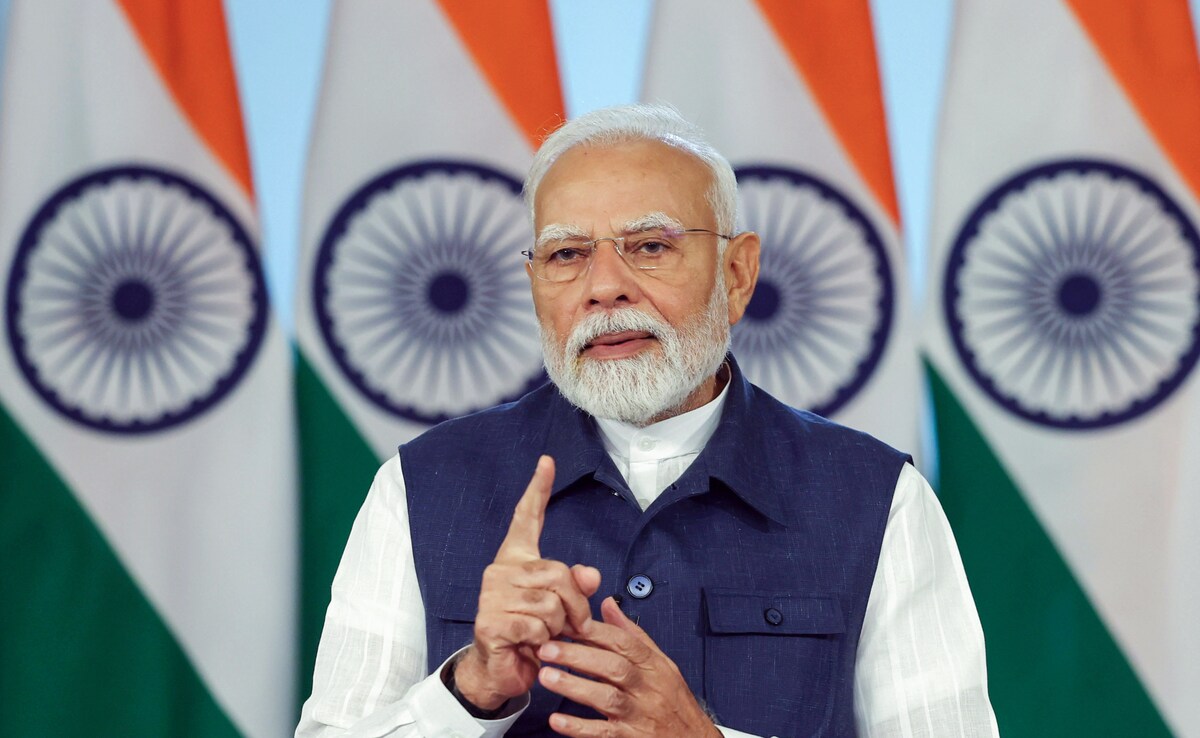## India Seeks Tariff Relief: A Tightrope Walk Between Nations
Whispers of trade wars and the looming shadow of tariffs have once again begun to dominate the global stage. Imagine two powerful nations, locked in a delicate dance where every step could either strengthen their bond or send them spiraling into conflict. The world watches with bated breath as India and the United States navigate these complex currents, with the fate of billions hanging in the balance. A high-stakes meeting has just concluded, a meeting that could redefine the contours of their economic relationship. But what exactly transpired behind closed doors, and what does it mean for the future of global trade?
### The Vance-Modi Meeting: Unpacking the Diplomatic Puzzle
In a move that sent ripples through international trade circles, US Trade Representative Katherine Vance recently sat down with Indian Prime Minister Narendra Modi. The timing is crucial. India, like many nations, has been grappling with the lingering impact of tariffs imposed by the previous Trump administration. These tariffs, enacted under the banner of “America First,” significantly impacted Indian exports to the US, creating friction in what was once a blossoming trade partnership. Vance’s visit to Delhi signals a potential shift, or at least a crucial dialogue, as India seeks a reprieve from these economically straining levies. The meeting served as a platform for India to articulate its concerns and present its case for a more equitable trade relationship.
### Why Tariff Relief Matters to India
For India, the stakes are undeniably high. The Trump-era tariffs, particularly on steel and aluminum, hit key Indian industries, impacting their competitiveness in the US market. Beyond specific sectors, these tariffs represent a broader trade barrier that India believes is detrimental to the overall economic partnership. India views itself as a key ally and partner of the US in various global forums and believes that trade relations should reflect this strategic alignment. Seeking tariff relief isn’t just about economic gains; it’s about fostering trust and ensuring a level playing field in international commerce. A positive outcome for India could pave the way for deeper collaboration and strengthen the economic underpinnings of the US-India relationship.
### Navigating the Path Forward: Uncertainty and Opportunity
While the details of the Vance-Modi meeting remain largely behind closed doors, the very fact that it occurred is significant. It suggests a willingness on both sides to engage in constructive dialogue and address existing trade irritants. However, the path to tariff relief is unlikely to be straightforward. The US, even with a change in administration, still faces domestic pressures regarding trade and protectionism. Finding a mutually agreeable solution will require careful negotiation, compromise, and a long-term vision for the economic partnership. The outcome of these discussions will not only impact US-India trade but also send important signals about the future of global trade relations in an increasingly complex world.
### Echoes of Diplomacy, Whispers of Hope
In the grand theater of international relations, where nations waltz and weave through agreements and disagreements, a new act has just begun. The Vance-Modi encounter, a silent symphony played on the strings of trade and diplomacy, leaves us pondering. Will the heavy clouds of tariffs dissipate, allowing sunshine to nourish the seeds of partnership? Or will the shadows lengthen, casting a chill over the burgeoning bond between these two giants? The air hangs thick with anticipation, each nation holding its breath, waiting to see if the promise of relief will blossom into reality, or fade like a mirage in the desert of global commerce. The dance continues, and the world watches, hoping for a harmonious resolution, a testament to the enduring power of dialogue in a world yearning for connection.
